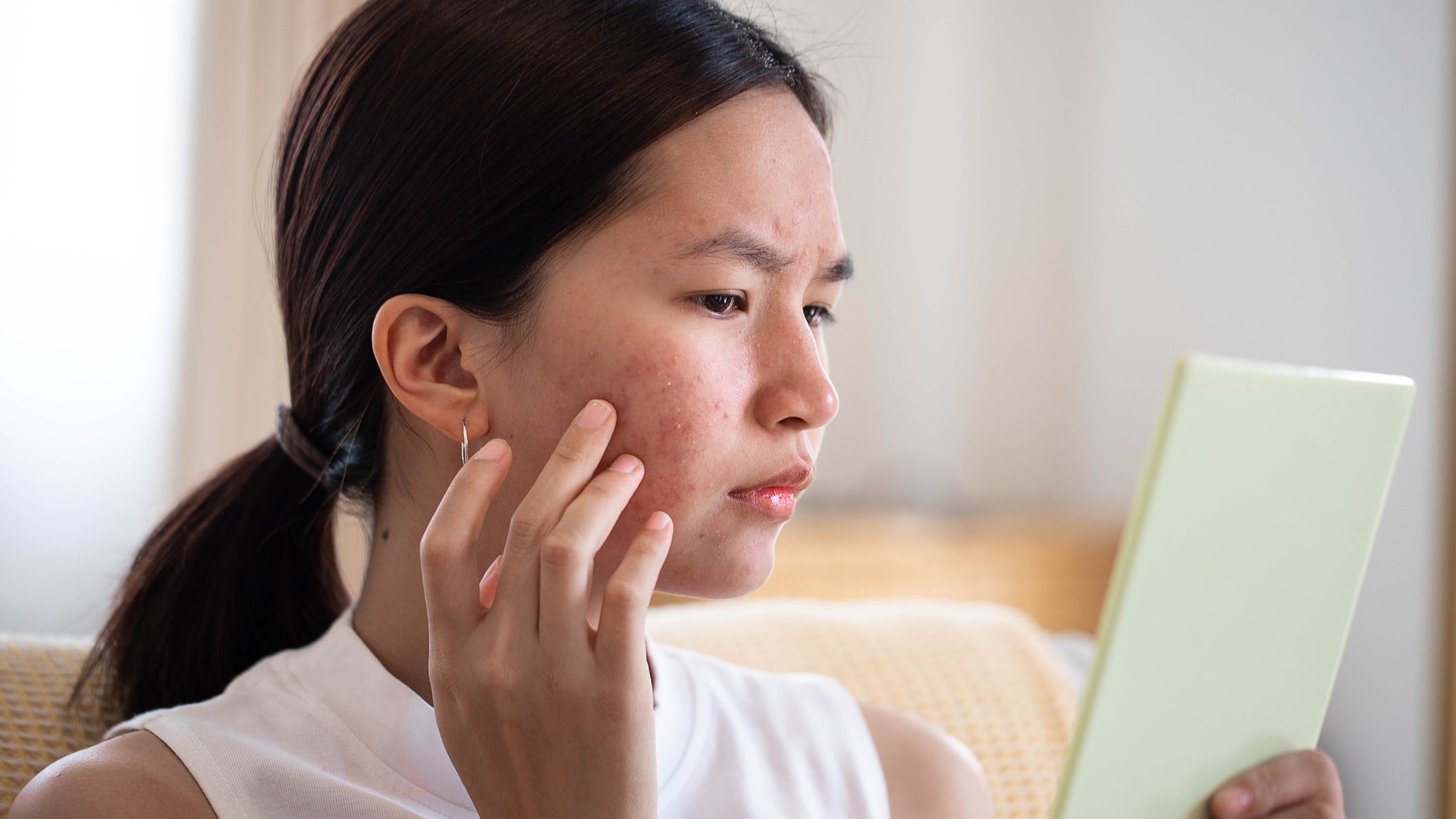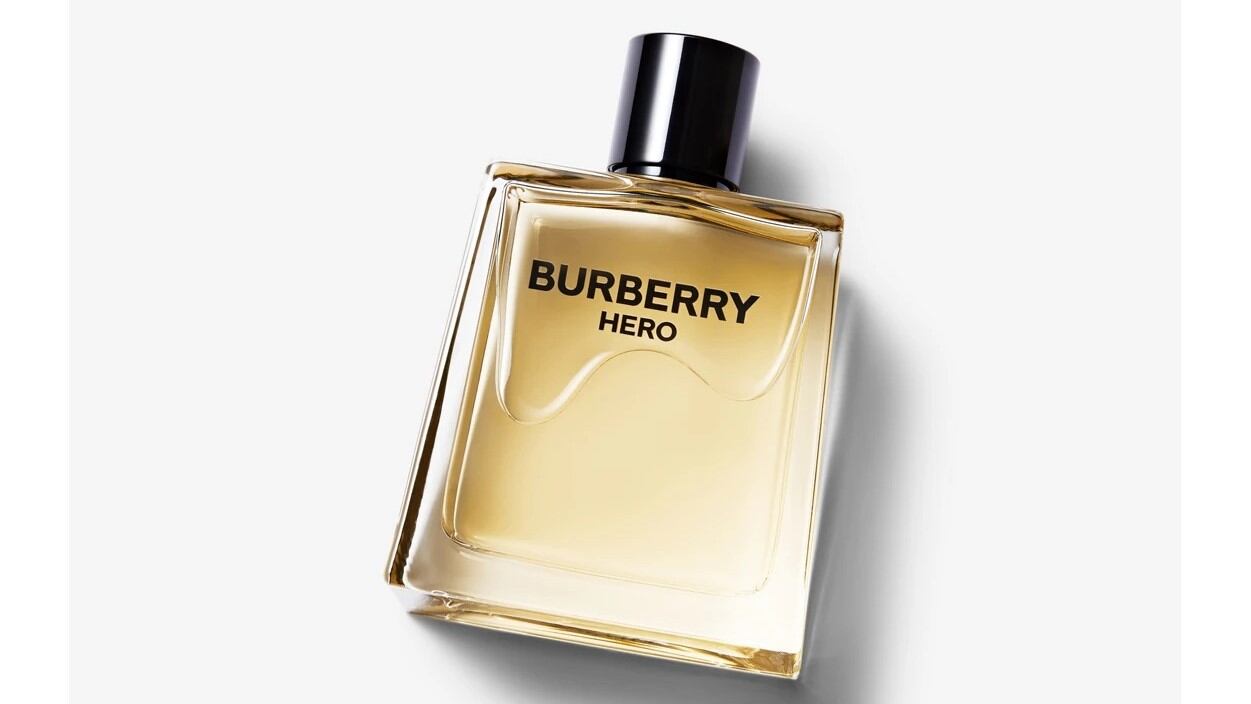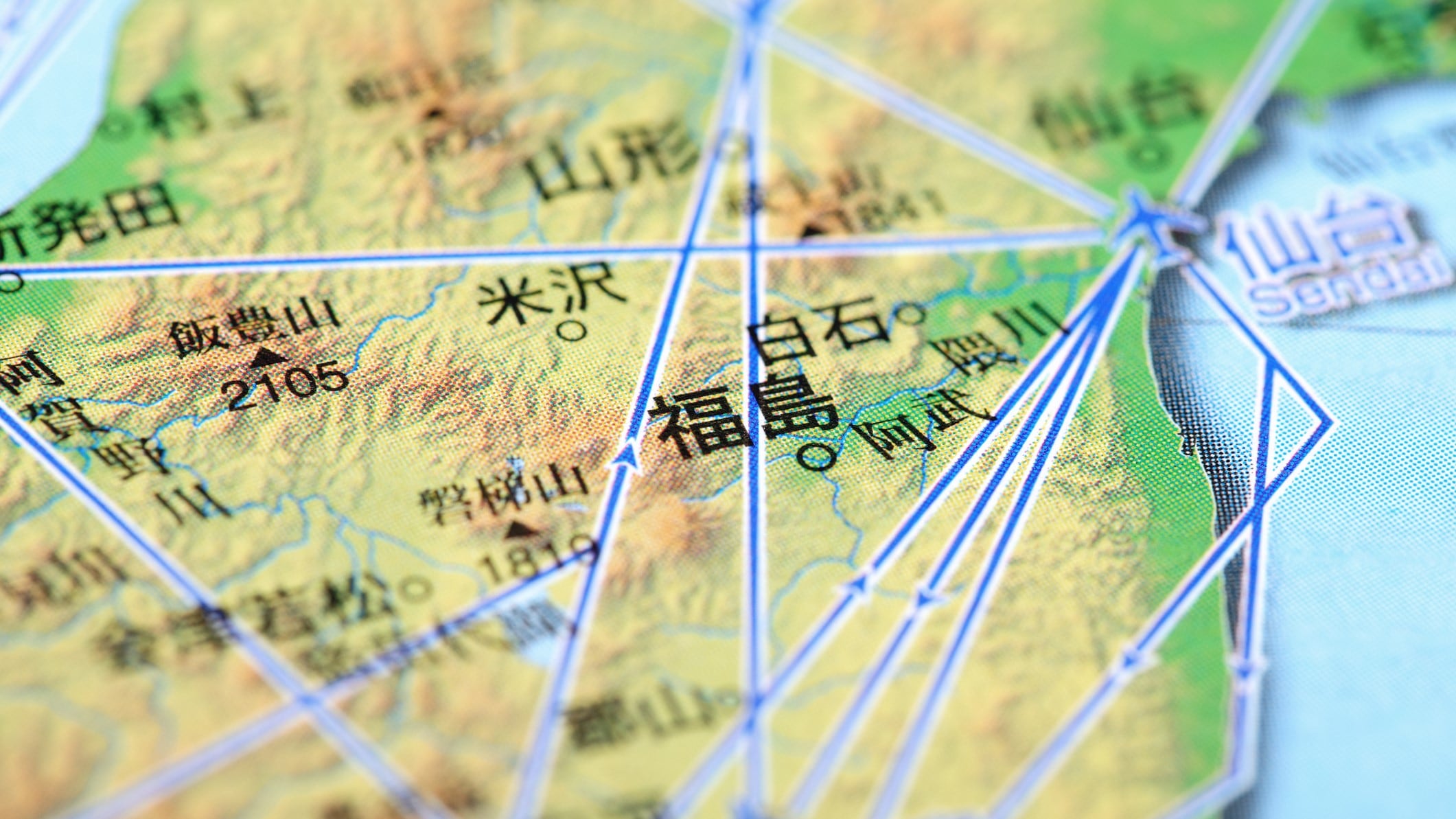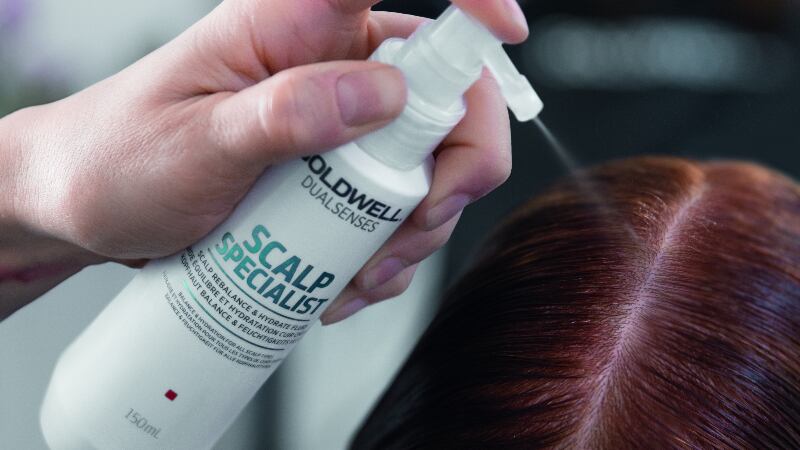The adapalene and benzoyl peroxide group (ADP/BPO gel group) and benzoyl peroxide group (BPO gel group) had significantly higher treatment success rates for the inflammatory lesions on their faces, compared to the control group (ADP/BPO gel: 89.2%, p = 0.0078; BPO gel: 87.5%, p = 0.0080; control group: 47.4%).
Additionally, the number of inflammatory (ADP/BPO gel: p = 0.0016; BPO gel: p = 0.0482) and non-inflammatory lesions (ADP/BPO gel: p = 0.0055; BPO gel: p = 0.0265), respectively, was significantly smaller for both groups.
The rate of change in the atrophic scar count from baseline to week 24 was also significantly different for both groups (ADP/BPO gel: -25%, p = 0.0016; BPO gel: -17.6%, p = 0.0004; control group: 0%).
The change in the severity of acne scars, however, was not significant for both groups.
Mechanism at work
The study tested for 0.1% of adapalene and 2.5% of benzoyl peroxide gel that has been shown to have direct antibacterial and comedolytic effects.
“[The antibacterial and comedolytic effects] are mediated by the ability of ADP to suppress the differentiation of epidermal keratinocytes and inflammation and the oxidation ability of BPO,” the researchers explained.
The Japanese Dermatological Association (JDA guideline 2017) recommended using the aforementioned combination to treat inflammatory lesions in the acute inflammatory phase, followed up maintenance therapy after remission.
“Dreno et al. demonstrated that patients treated with ADP/BPO gel for 6 months exhibited a decreased risk of atrophic scarring and an improvement in the severity of acne scars. This result suggests that continuing ADP/BPO gel treatment even after remission in inflammatory lesions may contribute to pre-venting and alleviating acne scars,” they added.
Most of the previous literature centres around the treatment of acne vulgaris with ADP/BPO gel and BPO gel. That said, the researchers wanted to evaluate the efficacy of maintenance therapy with ADP/BPO gel and BPO gel and its effects on atrophic scarring.
Study design
The results were based on a multicentre, open, randomised, intergroup comparison study conducted between August 31, 2020 to September 18, 2021, involving 111 Japanese patients with acne vulgaris.
The study was funded by Maruho.
All participants were randomised into the ADP/BPO gel group, BP group, and control group.
For 24 weeks, the participants were given a prescribed dose of the study drug to apply to the affected areas once daily after washing their face before going to bed as per the investigator’s instructions. The control group did not have to apply anything.
All participants were given a moisturiser as well. The investigator also provided a topical or oral anti-microbial drug to be applied or ingested as per prescribed dose should the symptoms worsen.
The primary outcome measured was the success rate of the treatment which is the percentage of patients in whom the number of inflammatory lesions on the entire face was maintained at ≤10 during the observation period.
The number of inflammatory lesions, which is the sum of red papules and pustules, were counted by the investigator at week 0, 4, 8, 12, 16, 20 and 24.
The secondary outcomes measured were changes in the lesion count, the duration of use of the topical or oral antimicrobial drugs, changes in atrophic scar count, changes in the severity of acne scars, and changes in the ANTERA 3D parameters, and maximum depth.
The Global Severity of Atrophic Acne Scar (GSAAS) and ANTERRA 3D camera were used to measure the secondary outcomes at week 0, 12 and 24.
“The above findings suggest that maintenance therapy using ADP/BPO gel and BPO gel may be effective in preventing the relapse of inflammatory lesions in Japanese patients with acne vulgaris. Furthermore, the objective evaluation of acne scars has revealed that the therapy reduced atrophic scars without aggravating them,” the researchers concluded.
Source: The Journal of Dermatology
“Evaluation of the efficacy of maintenance therapy for acne vulgaris using adapalene 0.1%/benzoyl peroxide 2.5% gel and benzoyl peroxide 2.5% gel for 24 weeks and assessment of atrophic acne scars using three-dimensional image analysis”
Authors: Tanizaki, H., Hayashi, N., & Abe, M.
DOI: 10.1111/1346-8138.16942




